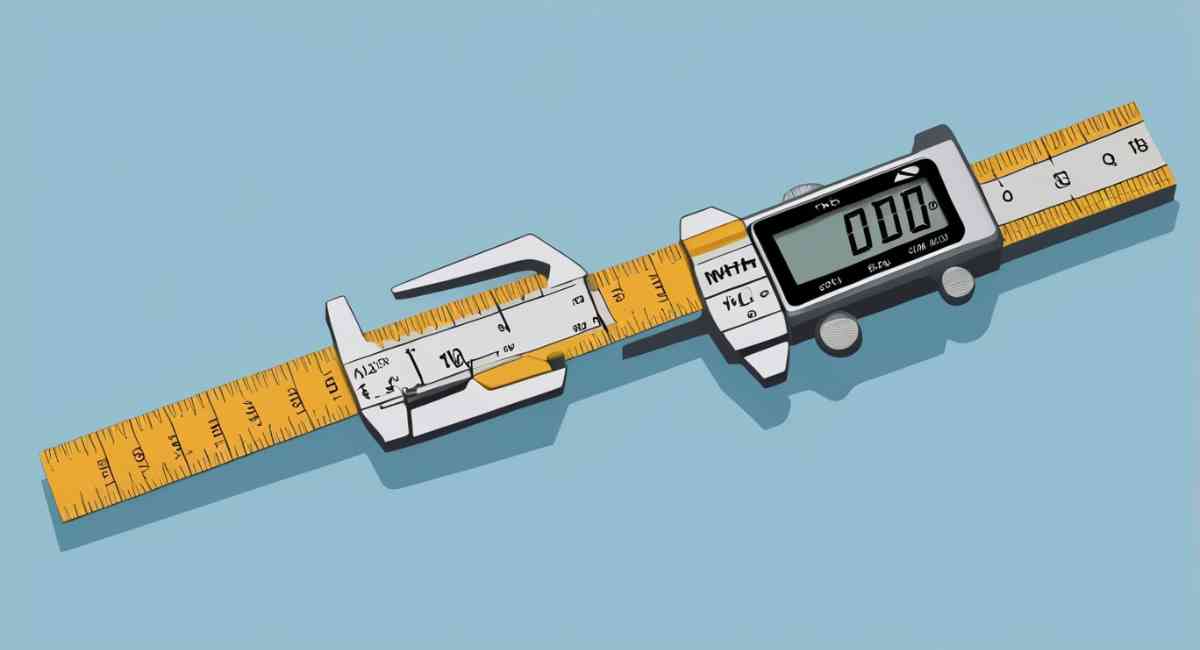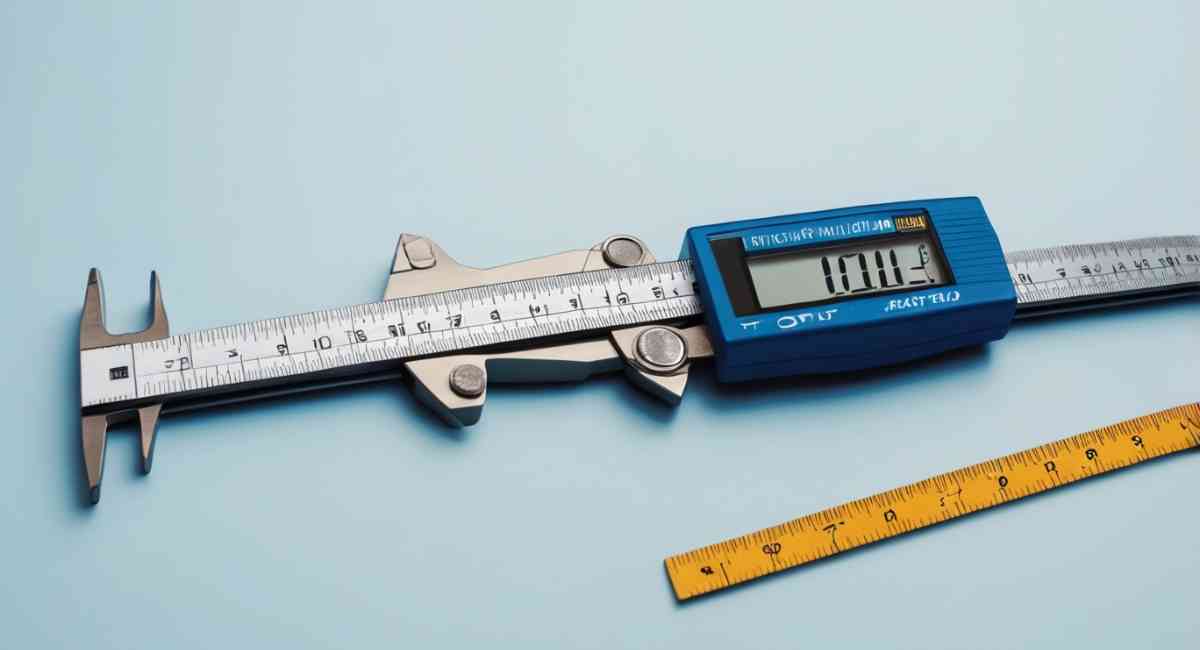Inches to Millimeters Converter
Convert inches to millimeters instantly with our free, real-time conversion tool. Accurate, fast, and easy to use!
1 inch = 25.4 millimeters
Understanding Inches to Millimeters Conversion
Converting between inches and millimeters is a fundamental skill in many fields, from engineering to DIY projects. Whether you’re working on a construction site in Lahore, designing machinery in Karachi, or simply following an international recipe in Islamabad, understanding how to convert inch to mm is essential. This comprehensive guide explains everything you need to know about this crucial conversion.
Why Convert Inches to Millimeters?
The world uses two main measurement systems: the Imperial system (used primarily in the United States) and the Metric system (used in most other countries, including Pakistan for technical and scientific work). Inches belong to the Imperial system, while millimeters are part of the Metric system. Converting between these units is vital for:
- International trade and manufacturing
- Engineering and construction projects
- Precision machining and tooling
- Academic and scientific research
- DIY projects and home improvements
In Pakistan’s growing manufacturing sector, the ability to accurately convert between inches and millimeters is particularly important for workers in industries like textiles, automotive parts, and machinery production.
The Inch to Millimeter Conversion Formula
The conversion between inches and millimeters is based on a fixed relationship defined by international agreement. The fundamental conversion formula is simple and precise:
1 inch = 25.4 millimeters
This exact conversion factor was established in 1959 by international agreement and is used worldwide. To convert inches to millimeters, simply multiply the inch value by 25.4:
Millimeters = Inches × 25.4
For example, to convert 5 inches to millimeters:
5 inches × 25.4 = 127 millimeters
Common Inch to Millimeter Conversions
Here’s a quick reference table for some common inch to millimeter conversions that you might encounter in daily life and work:
| Inches (in) | Millimeters (mm) | Common Applications |
|---|---|---|
| 1/16″ | 1.5875 mm | Small hardware, precision instruments |
| 1/8″ | 3.175 mm | Jewelry, small craft items |
| 1/4″ | 6.35 mm | Bolts, screws, electrical components |
| 1/2″ | 12.7 mm | Plumbing pipes, construction materials |
| 1″ | 25.4 mm | Standard measurement reference |
| 2″ | 50.8 mm | PVC pipes, construction materials |
| 6″ | 152.4 mm | Rulers, small construction elements |
| 12″ (1 foot) | 304.8 mm | Construction, furniture dimensions |
Historical Context of Measurement Systems
 The inch has an interesting history dating back to ancient times. The word “inch” derives from the Latin “uncia” meaning “one-twelfth,” as it was originally defined as 1/12 of a foot. Throughout history, the inch varied in length across different regions until it was standardized in the 20th century.
The inch has an interesting history dating back to ancient times. The word “inch” derives from the Latin “uncia” meaning “one-twelfth,” as it was originally defined as 1/12 of a foot. Throughout history, the inch varied in length across different regions until it was standardized in the 20th century.
The millimeter, part of the metric system, was developed during the French Revolution as part of a rational, decimal-based measurement system. The metric system was designed to be universal and based on natural constants. In 1960, the meter (and thus the millimeter) was redefined in terms of the wavelength of light, and later in 1983, in terms of the speed of light.
Pakistan officially adopted the metric system in 1967, replacing the traditional systems that varied by region. However, inches are still commonly used in certain industries, especially those with connections to international markets where Imperial measurements are still prevalent.
Practical Applications in Pakistan
Understanding inch to mm conversion is crucial across various sectors in Pakistan:
Construction Industry
Many building materials like pipes, fittings, and tools are specified in inches, while architectural plans often use millimeters. Workers need to convert between these units daily.
Textile Manufacturing
Pakistan’s textile industry, a major export sector, often deals with international clients who provide specifications in inches, while machinery uses metric measurements.
Automotive Industry
Car parts may be manufactured to inch specifications for international markets, while local mechanics need metric tools for installation and repair.
Education and Research
Science and engineering students frequently encounter both measurement systems in textbooks and need to convert between them for experiments and projects.
Accuracy and Precision in Conversion
When converting inch to mm, precision matters. The 25.4 conversion factor is exact, but practical considerations include:
- Rounding: For most applications, rounding to one or two decimal places is sufficient
- Significant figures: Maintain the same level of precision as the original measurement
- Tolerance: Engineering specifications often include acceptable tolerance ranges
For critical applications, always use the exact conversion factor (1 inch = 25.4 mm) without rounding until the final step of your calculation.
Tips for Accurate Measurement Conversion
After years of working with both measurement systems in Pakistan’s industrial sector, I’ve developed these practical tips:
- For quick mental conversions, remember that 1 inch ≈ 25 mm is close enough for estimation
- When precision matters, always use the exact 25.4 conversion factor
- Double-check conversions in critical applications like structural engineering
- Use reliable digital calipers that can switch between measurement systems
- Bookmark our conversion tool for quick reference during projects
For more detailed information on measurement standards, visit the National Institute of Standards and Technology website, which maintains the official U.S. standards, or the International Bureau of Weights and Measures which oversees the metric system worldwide.
Precision Engineering Applications in Pakistan
In Pakistan’s growing industrial sector, particularly in cities like Sialkot (known for surgical instruments) and Gujranwala (famous for electrical goods), precise inch to mm conversion is critical. Consider these real-world scenarios:
- Surgical Instrument Manufacturing: Sialkot produces 90% of Pakistan’s surgical instruments, with most specifications in millimeters for international markets. However, many older machines and patterns still use inch measurements.
- Automotive Parts: Pakistan’s automotive industry often works with both Japanese (metric) and American (imperial) standards, requiring constant conversion.
- Textile Machinery: While fabrics are measured in inches, modern textile machines from China and Europe use metric measurements.
Pro Tip: For Pakistan’s metalworking industry, remember that 1/64 inch ≈ 0.4 mm – a useful approximation when setting lathe machines or drill presses.
Cultural Aspects of Measurement in Pakistan
While Pakistan officially uses the metric system, traditional inch-based measurements persist in surprising ways:
| Traditional Term | Approx. Inches | Millimeters | Common Usage |
|---|---|---|---|
| Guz (گز) | 36″ (yard) | 914.4 mm | Fabric measurement in bazaars |
| Foot (پاؤں) | 12″ | 304.8 mm | Construction, informal measurements |
| Angusht (انگشت) | 1″ (finger width) | 25.4 mm | Informal small measurements |
This blend of traditional, imperial, and metric systems creates unique challenges for Pakistani craftsmen and engineers, making reliable conversion tools essential.
Educational Perspective
In Pakistani schools and universities, measurement conversion forms a fundamental part of:
- Physics Practicals: Where Vernier calipers often have both inch and mm scales
- Technical Drawing: Architectural plans may use mm while imported components use inches
- Engineering Workshops: Where students encounter both metric and imperial tools
According to a 2022 study by the Higher Education Commission of Pakistan, 68% of engineering students reported needing to convert measurements weekly, with inch to mm being the most common conversion.

Why Our Conversion Tool Stands Out
Our inch to mm converter offers several advantages:
- Real-time calculation: See results instantly as you type
- Bi-directional conversion: Convert from inches to mm or mm to inches
- Accuracy: Uses the exact 25.4 conversion factor
- Responsive design: Works perfectly on mobile devices at job sites
- No installation required: Access directly from your browser
Master Measurement Conversion Today
Whether you’re a professional engineer, a skilled tradesperson, or a DIY enthusiast, mastering inch to mm conversion is an essential skill in today’s globalized world. With our converter tool and comprehensive guide, you have everything you need to work confidently with both measurement systems.
Bookmark this page for instant access to our conversion tool whenever you need it. Share it with colleagues and classmates to help them work more efficiently too!
Start Converting Now